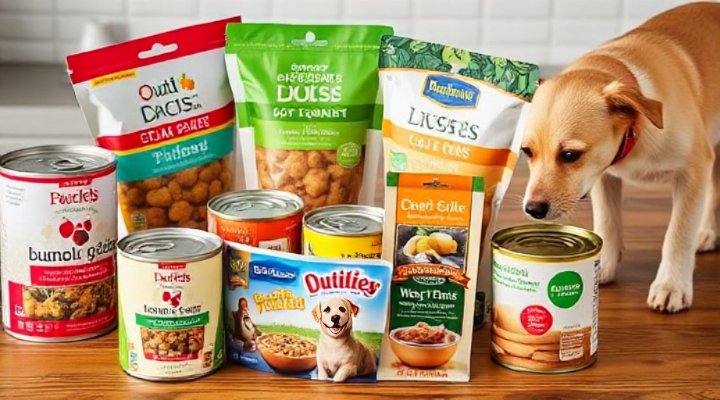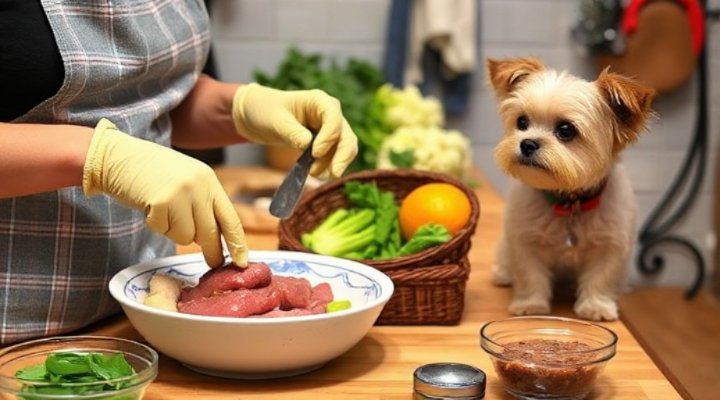Choosing the best wet dog food for small breeds is more than just picking any can off the shelf. Small dogs have unique nutritional requirements that differ from their larger counterparts. For instance, they need more calories per pound of body weight and benefit from smaller kibble sizes or softer textures that wet food provides. Therefore, selecting the right wet food can make a significant difference in your pet’s health and happiness.

Why Wet Food is Great for Small Breeds
Wet dog food offers several advantages for small breeds. Firstly, its high moisture content helps keep your dog hydrated, which is especially important for tiny dogs that might not drink enough water. Secondly, the soft texture is easier for small jaws to manage, and the rich aroma often makes it more appealing to picky eaters. Most importantly, high-quality wet foods provide balanced nutrition in a form that’s easily digestible for small stomachs.
According to the American Veterinary Medical Association, proper hydration is crucial for canine health. Wet food can contribute significantly to your dog’s daily water intake. Additionally, our article on wet dog food benefits explores this topic in more detail.

Key Nutritional Requirements for Small Dogs
When evaluating the best wet dog food for small breeds, look for these essential nutrients:
- High-quality protein: Small breeds typically need about 25-30% of their calories from protein
- Healthy fats: Look for omega-3 and omega-6 fatty acids for skin and coat health
- Digestible carbohydrates: For sustained energy
- Added vitamins and minerals: Especially calcium and phosphorus for bone health
For dogs with specific needs, you might consider specialized formulas like those discussed in our guide to best dog food for allergies.

How to Transition to Wet Food
If you’re switching your small breed dog to wet food, do it gradually over 7-10 days to avoid digestive upset. Start by mixing a small amount of wet food with their current food, gradually increasing the proportion. Monitor your dog’s reaction closely – some small breeds can be sensitive to dietary changes.
Remember that wet food shouldn’t be left out for more than 4 hours at room temperature. For busy pet parents, our article on raw food diets offers alternative feeding strategies that might work for your schedule.

Homemade Wet Food Options
For those who prefer preparing meals at home, homemade wet food can be a nutritious option. A simple recipe might include lean ground meat, cooked vegetables like carrots or green beans, and a small amount of cooked grain like rice. Always consult with your veterinarian before making significant dietary changes, and consider adding a canine multivitamin to ensure balanced nutrition.
The FDA’s pet food guidelines provide valuable information about safe food preparation for pets.

Final Thoughts on Choosing the Best Wet Food
Selecting the best wet dog food for small breeds requires careful consideration of your dog’s individual needs, preferences, and any health concerns. Don’t hesitate to consult with your veterinarian, especially if your dog has special dietary requirements. Remember that the most expensive option isn’t always the best – focus on the ingredient list and nutritional analysis instead.
For more information on canine nutrition, check out our comprehensive guide to best dry dog food for small breeds, which complements this wet food discussion perfectly.
Related Keywords: small breed dog nutrition, healthy wet dog food options, best canned dog food for small dogs, premium wet dog food, nutritional needs of small dogs
